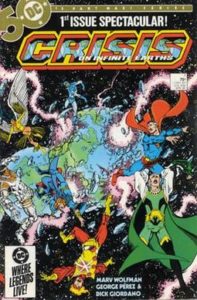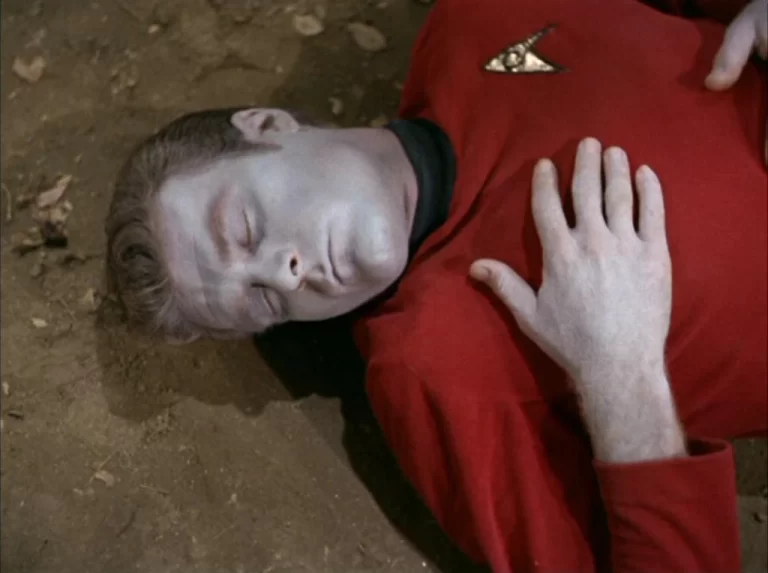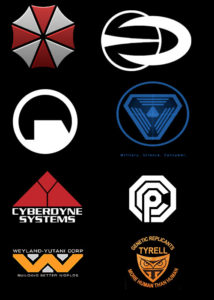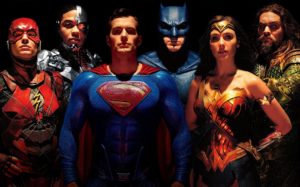(Originally posted on
Comic book superhero universes first came into existence back in the forties. Various colorful characters were put together in single books, both for the novelty of seeing characters interact and to boost sales of less-successful characters. These characters were often integrated poorly and without much thought.
That changed in the sixties when both DC and Marvel created their modern incarnations. Continuity became important and actions by one character carried across the other titles. An actual solid framework formed. After that came “crossover events” that affected the entire universe.
Then things got messy.
So came the first of the grand “Revert to Saved” projects: Crisis on Infinite Earths. This DC series was essentially an attempt to streamline and simplify the DC Universe. Ever since the sixties, DC kept continuity via having multiple Earths in different dimensions. And characters would often cross from one universe to another for team-ups. For instance, the first crossover came in Flash #123 in 1961, when Barry Allen teams up with Jay Garrick. This way the Golden Age characters could interact with their modern counterparts without continuity problems. It was actually a pretty clever solution and a lot of fun.
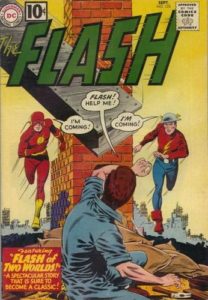
By the time the eighties rolled around, however, twenty years of multiple universes and plotlines had made it difficult to maintain continuity. Characters had altered, plot events had skewed and different writers overrode one another. The basic idea was to erase all incongruous characters and stories and fuse it into a single, recognizable setting. It…didn’t work as well as they hoped. Hence, later “reboots” (Infinite Crisis, New 52, Rebirth) to recreate the other universes and characters. Marvel has done its share of reboots as well, with varying levels of success.
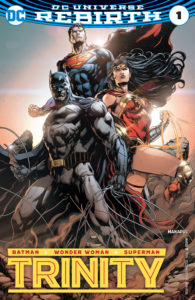
The root problem DC has is the same root problem Marvel has. Their characters aren’t just characters–they’re products. These characters go on toys, clothing, lunchboxes, and–most importantly–movies. They’re recognizable logos, basically. That means it’s problematic to change them too much. Vast financial transactions hinge upon what Superman, Wonder Woman, Spiderman and Iron Man look and behave like. That makes financial backers very, very cautious.
Here is where the creative side of the industry clashes with the financial side. To make characters interesting, they need to learn, change and grow. They become different. But when superheroes change too much, the comic industry does a “Revert to Saved” play. They “return to their roots”. What this means is that any changes are erased or ignored. It happens with individual characters, teams and whole universes. Often it is done badly.
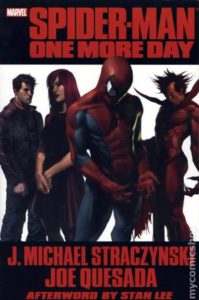
A recent example of fumble-thumbed rebooting that I find particularly egregious is the One More Day ending to J. Michael Straczynski‘s run on Amazing Spider Man. Straczynski had written several major changes into Spider Man’s life and I thought they were outstanding. The character grew and matured. Hence came Marvel’s decision to “reboot” Spider Man and erase all the changes. Straczynski washed his hands of it and–I imagine–was rather pissed.
In a nutshell, Marvel decided they should override a Hugo-Award-winning writer who has also written major motion pictures. They didn’t actually care if his changes to the character were good or not. All that mattered was he had changed the character too much.
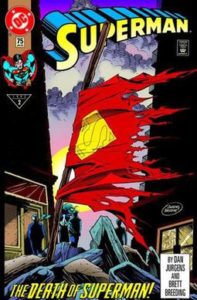
I can see both sides on this struggle. The financial end wants to maintain their “products” while the creative types want to write and illustrate great stories. Here’s the problem: you can only keep characters static for so long before they go bad. If nothing ever changes, then nothing much matters. Even death. Look at The Death of Superman. An awful storyline with awful changes that were quickly erased–notably Superman’s death. Max Landis does a hilarious breakdown of this on YouTube.
Maybe the root problem with the “Revert to Saved” is that the two sides of the industry are unable to understand one another. Creators understand being creative. Financial backers understand profits and loss. An intractable struggle? Quite possibly.
DC and Marvel will both do a “Revert to Saved” in the future. I suspect the Marvel Cinematic Universe will do a “reboot”–or something similar–with the end of their Infinity War storyline. We shall see.
